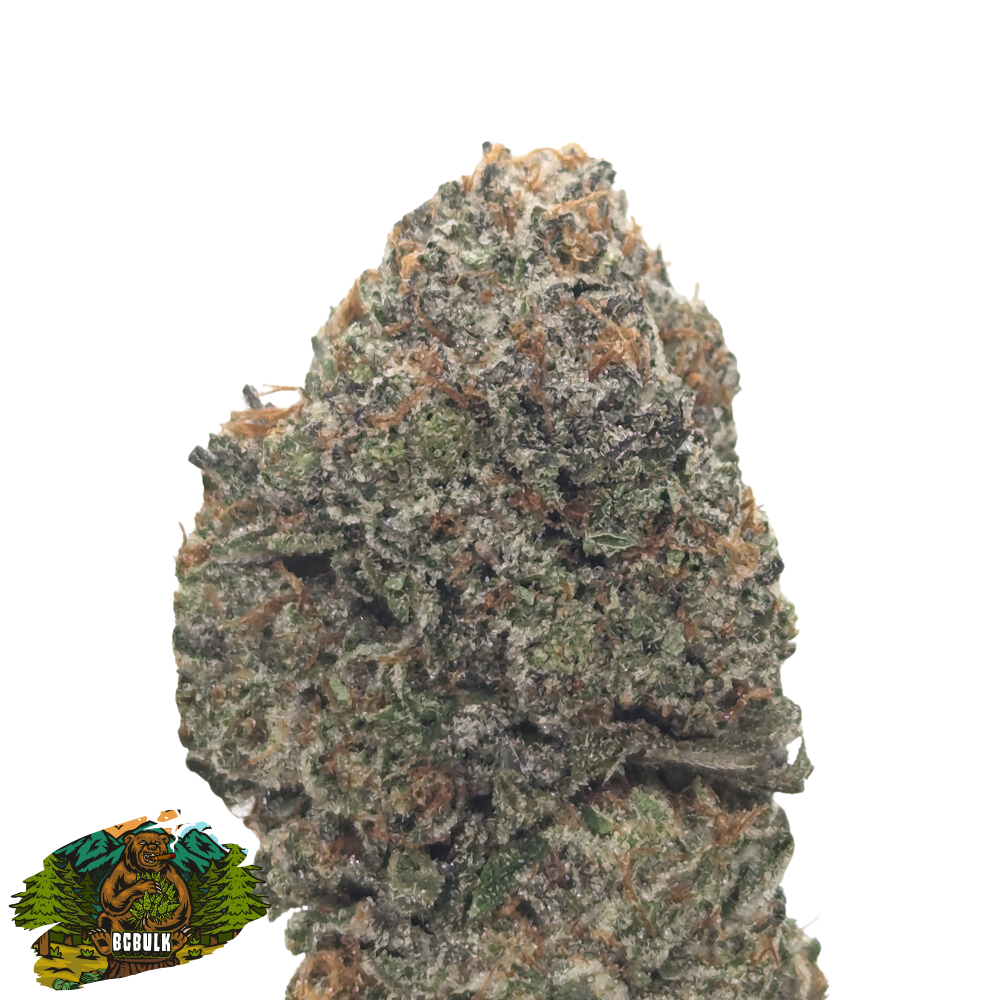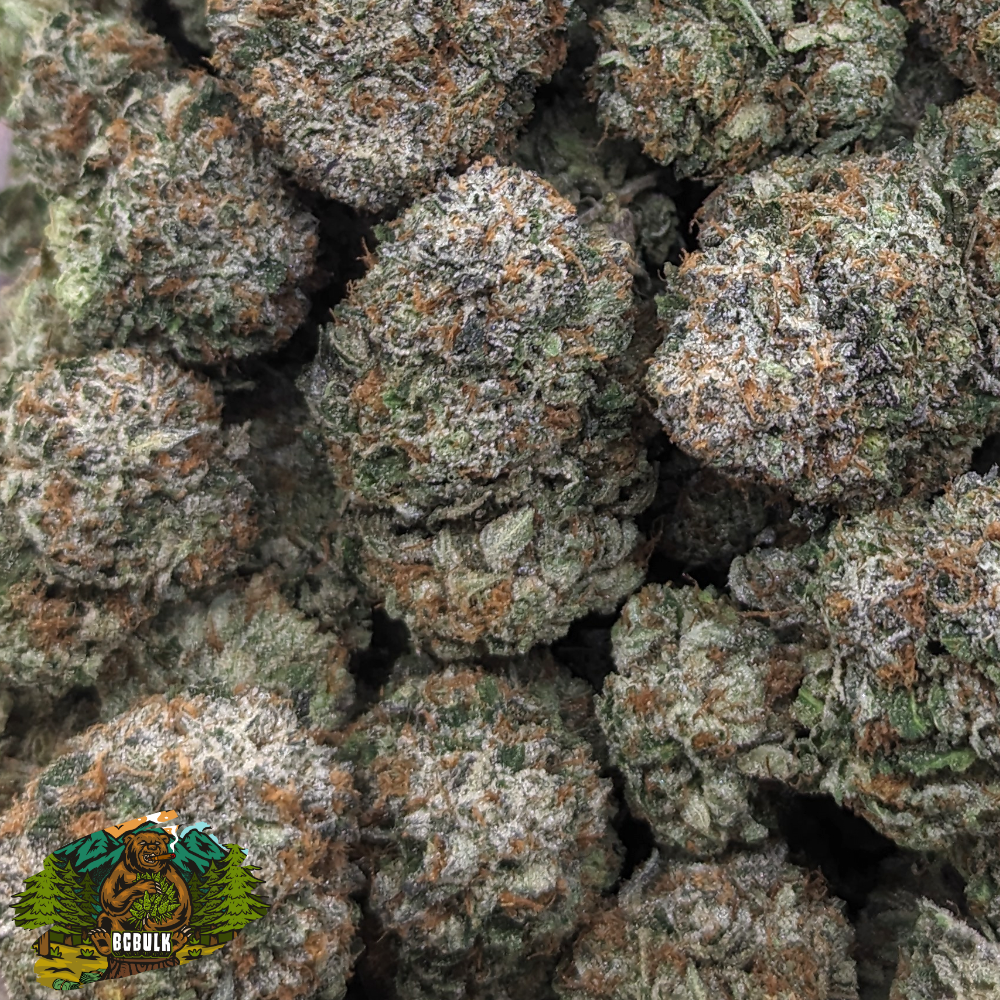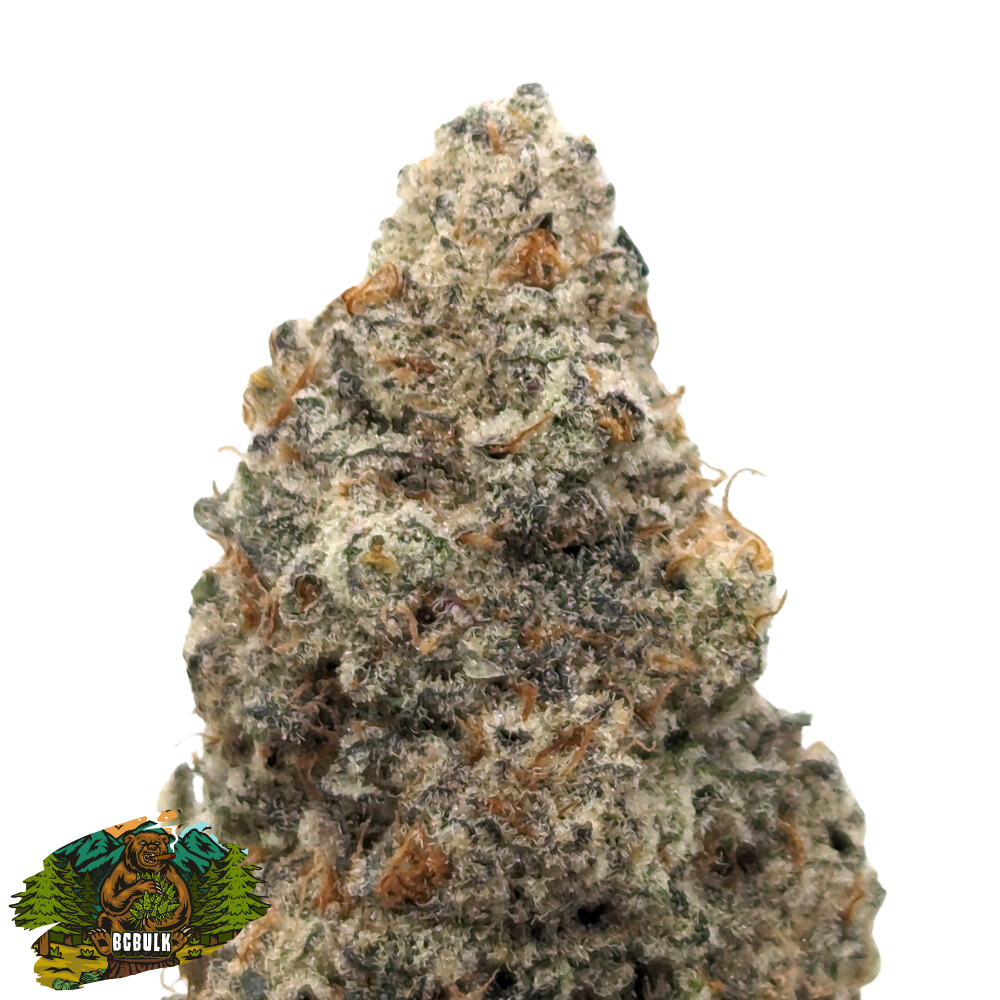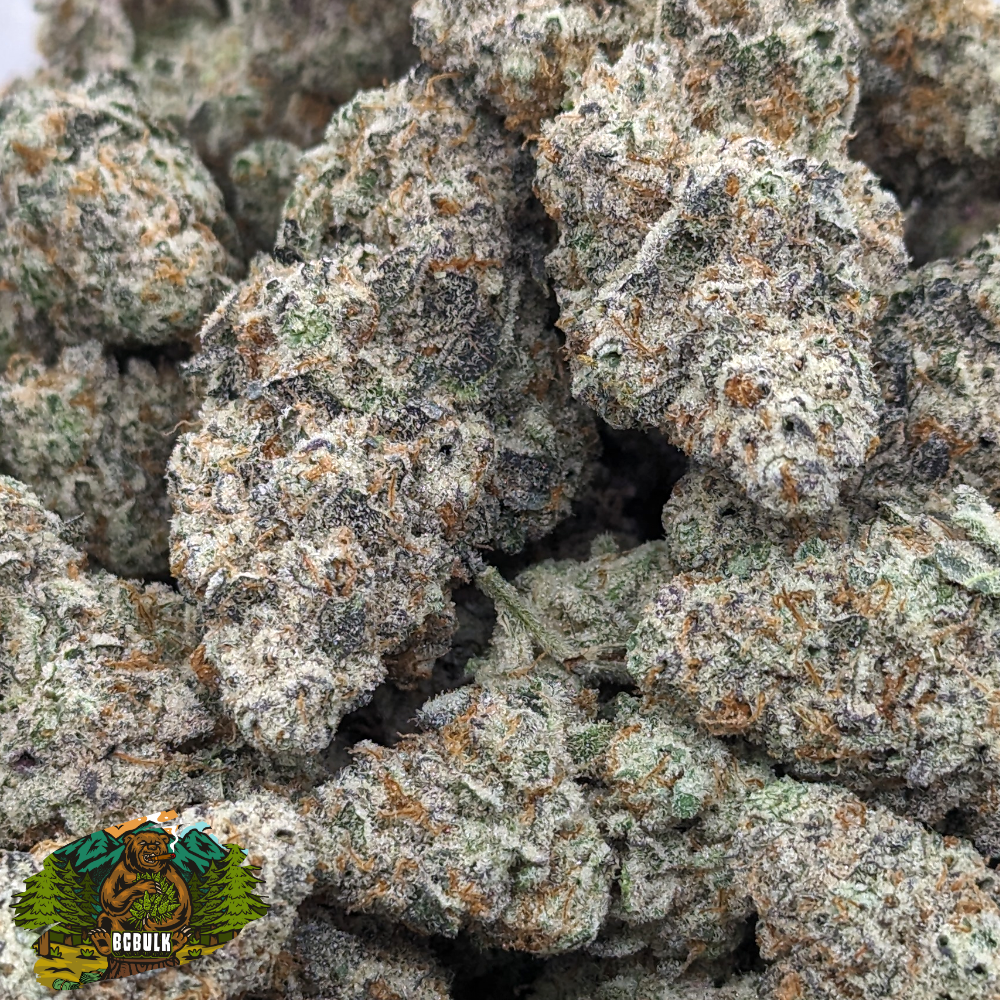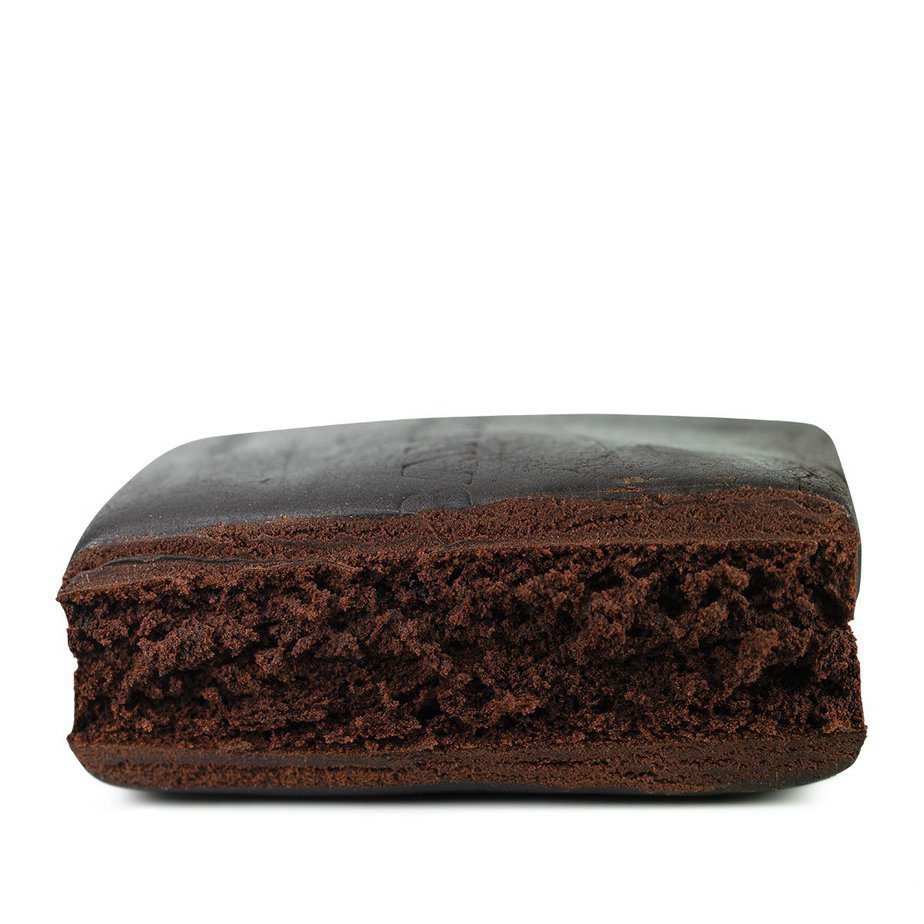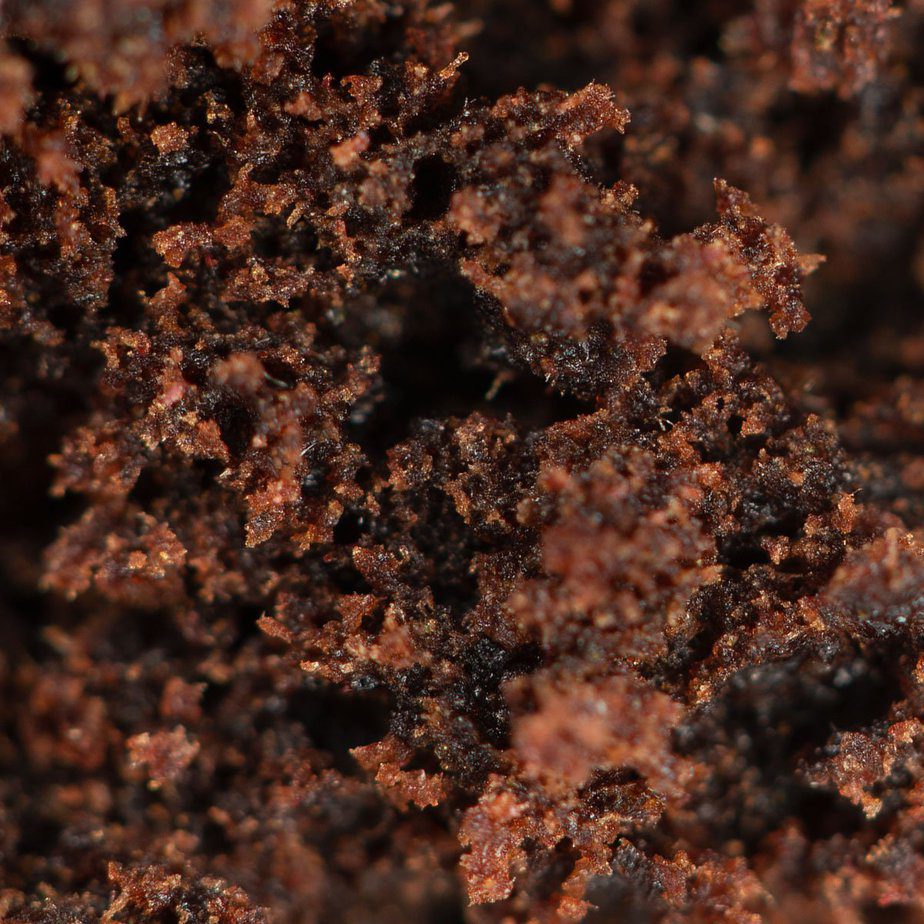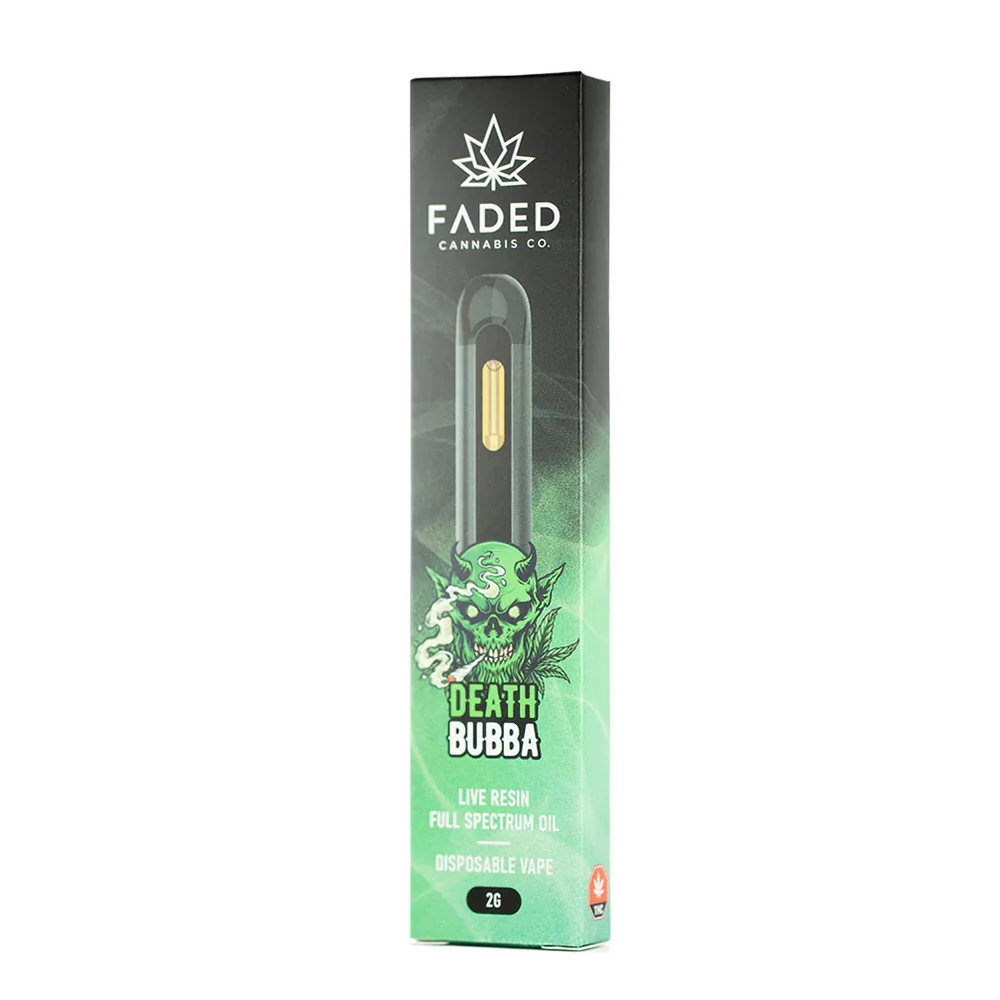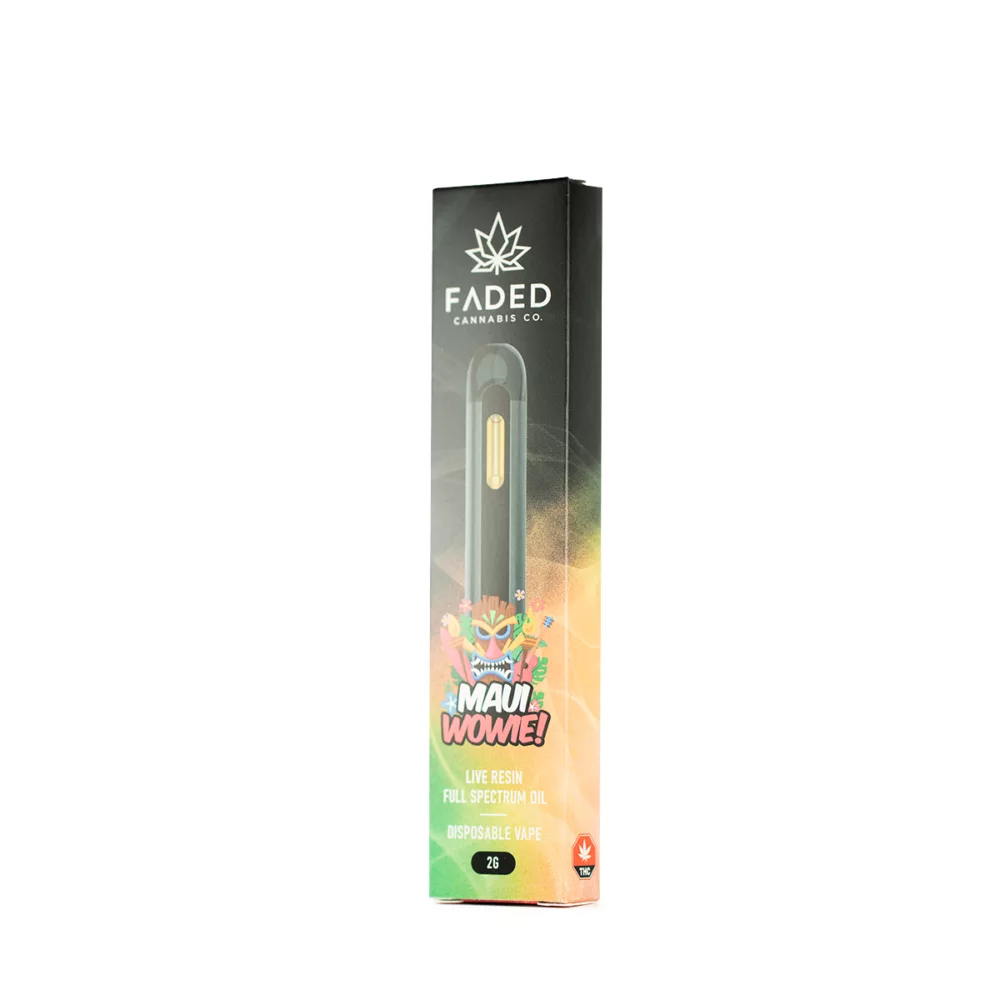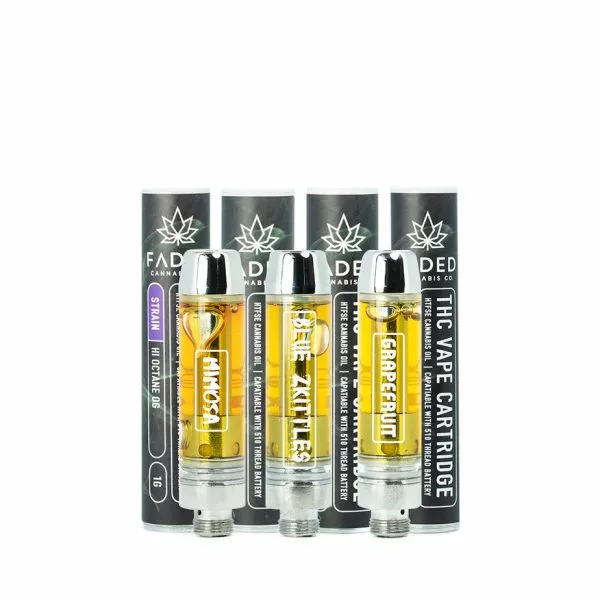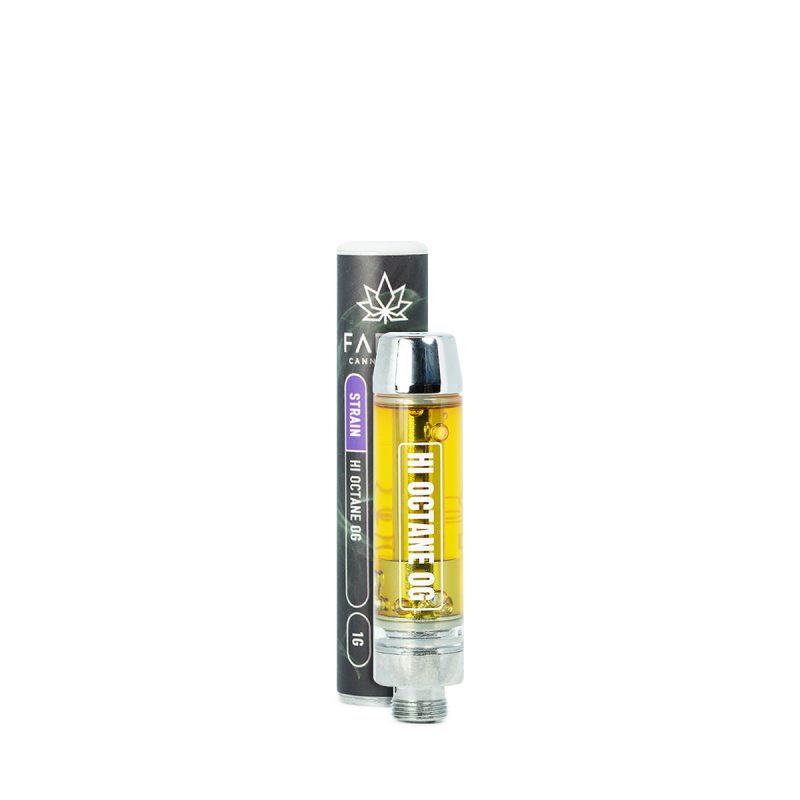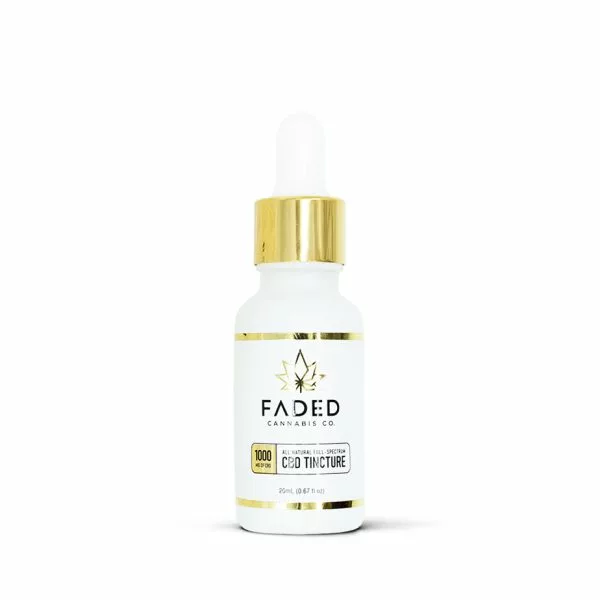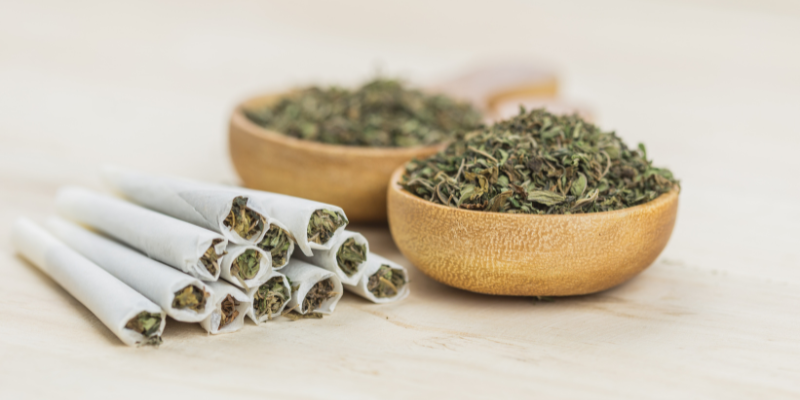| Tier | Subtotal | Items |
|---|---|---|
| 1 | $199-300 | 1 Item |
| 2 | $300+ | 1 Premium Item |
Cannabis Basics
How to Smoke Weed: Everything You Need To Know
Cannabis, also known as marijuana among other names, has been used both medicinally and recreationally for centuries. With the legal landscape changing in many regions, an increasing number of people are looking to learn about how to use this substance safely and effectively. For those considering cannabis use for the first time or seeking to refine their knowledge, understanding the basics is paramount.
Before partaking, it’s important to familiarize oneself with the different methods of consumption, which include smoking, vaping, edibles, and topical applications. Each method offers a distinct experience with varying onset times and duration of effects. Smoking cannabis, the most traditional method, involves inhaling the smoke produced by burning the dried plant material, and it offers a rapid onset of effects.
It’s essential for users, especially those trying cannabis for the first time, to consider the strains available and their respective potency. Strains vary in their THC (tetrahydrocannabinol) and CBD (cannabidiol) content, thereby influencing the strength and nature of the experience. Knowledge of local laws and regulations surrounding cannabis use is also critical, ensuring that the individual’s experience with marijuana remains within legal boundaries.
Understanding Cannabis
Before indulging in the practice of smoking weed, it is vital to understand the nature of cannabis, its various types, its primary components, and the diverse effects they can have.
Types of Cannabis: Indica, Sativa, and Hybrids
Cannabis comes in three main types: Indica, Sativa, and Hybrid, each offering a different experience.
- Indica strains typically provide a relaxed body high and are often used for pain relief and anxiety reduction. They are characterized by their short, bushy stature and broader leaves.
- Sativa strains are known for a more energetic, cerebral high, frequently associated with creativity and focus. These plants are taller with narrower leaves.
- Hybrids are crossbreeds of Indica and Sativa strains, aiming to blend the effects of both, offering a balanced experience of relaxation and mental invigoration.
THC vs. CBD: Components and Effects
The two primary components of cannabis that significantly influence its effects are tetrahydrocannabinol (THC) and cannabidiol (CBD).
- THC stands out as the main psychoactive compound in cannabis, responsible for the high sensation. It has the ability to alleviate symptoms like pain and nausea but also has psychoactive effects that can include altered perception and euphoria.
- CBD does not cause a high and is often associated with medicinal benefits such as reducing inflammation and anxiety without the pronounced psychoactive effects of THC.
| Component | Psychoactive | Effects | Common Use |
|---|---|---|---|
| THC | Yes | Pain relief, euphoria, altered perception | Recreational, some medicinal purposes |
| CBD | No | Anti-inflammatory, anxiety relief | Primarily medicinal applications |
Cannabinoids and Terpenes: The Experience Enhancers
Cannabinoids and terpenes are chemical compounds in cannabis that shape the user’s experience by enhancing the effects of THC and CBD.
- Cannabinoids like THC and CBD work by interacting with the body’s endocannabinoid system, affecting feelings of pleasure, memory, thinking, concentration, movement, coordination, and sensory and time perception.
- Terpenes are aromatic compounds responsible for the distinctive scents of cannabis strains. They also play a role in modulating the effects of cannabinoids and are thought to contribute to the unique characteristics of each strain’s high.
| Compounds | Role in Cannabis | Effects |
|---|---|---|
| Cannabinoids | Interact with the body’s endocannabinoid system | Influence pleasure, memory, coordination |
| Terpenes | Provide aroma, modulate effects of cannabinoids | Enhance the overall experience, contribute to strain’s unique effects |
Methods of Consumption
Cannabis can be consumed in various forms, each with its own set of tools and techniques. The following subsections detail the major methods of consumption, essential for both newcomers and seasoned users to understand the distinctions and nuances of each method.
Joints, Blunts, and Spliffs: What’s the Difference?
- Joints: Typically rolled with a thin rolling paper, joints contain pure cannabis. They are favored for their simplicity and ease of use.
- Blunts: Rolled with a cigar wrap, blunts tend to be larger than joints and have the added nicotine from the cigar paper, often providing a different type of high.
- Spliffs: A blend of tobacco and cannabis, spliffs are similar to joints in appearance but are known for the head rush from nicotine alongside the cannabis effect.
Bongs and Dab Rigs: Water-Filtered Smoking
- Bongs: Use water to filter and cool the smoke from cannabis. They can vary in size and design, often leading to a smoother inhale.
- Dab Rigs: Similar to bongs but designed for concentrates. Taking a “dab” involves vaporizing cannabis concentrates, resulting in a potent effect.
Edibles and Tinctures: The Smoke-Free Alternatives
- Edibles: Cannabis-infused foods that provide a high without the need for smoking weed. The onset is delayed, but effects can last much longer.
- Tinctures: Alcohol-based cannabis extracts taken sublingually (under the tongue) or added to food. They offer a discreet and dose-controlled way to consume cannabis without smoking.
Vapes: Modern-Day Smoking Devices
- Vape Pens: These portable devices heat cannabis oil or dry herb to a temperature that vaporizes the active compounds without burning the plant material.
- Vape Mods: Larger and often more powerful than pens, mods provide a customized vaping experience for those who prefer to smoke weed with modern technology.
Preparing to Smoke
When preparing to smoke weed, one must consider the strain, the necessary accessories for rolling or packing a bowl, and the environment to ensure safety and comfort.
Choosing the Right Strain
A smoker should select a strain based on the desired effects. Indica strains typically provide a relaxed feeling, suitable for evening use. Sativa strains tend to offer more energizing effects, making them better for daytime use. For beginners, it is advisable to start with a strain low in THC to avoid overwhelming experiences.
Grinders, Papers, and Pipes: Essential Accessories
A grinder is key for breaking down the weed into a manageable consistency for rolling or packing. For those opting to roll, rolling papers are essential; they come in various sizes and materials like hemp or rice paper. A pipe is a simple smoking device for those who prefer not to roll. Both methods require a lighter or matches.
- Grinder: Essential for breaking buds into small, even pieces
- Rolling Papers: Choose thin papers for a better taste
- Pipes: Easy-to-use device for smoking
- Lighter: Necessary for igniting the weed
Setting the Atmosphere: Safety and Comfort
The smoking environment should be safe and comfortable. A well-ventilated area reduces smoke inhalation risks and odors. Comfortable seating and access to water can enhance the experience and help prevent coughing or dehydration. It is important to ensure that the setting is private and secure to avoid any legal or social issues.
- Ventilation: Ensure good air circulation
- Comfort: Have comfortable seating and water available
- Privacy: Choose a secure and private place to smoke
Smoking Techniques and Etiquette
When smoking cannabis, proper inhalation techniques can enhance the experience, while an understanding of social protocol ensures a pleasant and respectful session with others. Being aware of how to manage the effects of cannabis is crucial to avoid discomfort.
How to Inhale Properly
To fully experience the benefits of cannabis, one should practice proper inhalation. First, take a slow, smooth draw from the smoking device to fill the mouth with smoke. Then, inhale deeply into the lungs, allowing the THC to absorb through the lung tissue. Exhale after a brief pause, ensuring you do not hold the smoke unnecessarily to avoid excess irritation to the throat.
Sharing with Friends: Do’s and Don’ts
Sharing cannabis with friends is a common practice, but there are some etiquette rules to follow:
- Do:
- Pass the smoking device to the left as a customary direction.
- Ensure the cherry is lit when passing but not overly so to avoid burning the next user.
- Use a personal mouthpiece or wipe the shared piece between users if possible.
- Don’t:
- Wet the end or “bogart” the joint, meaning don’t hold onto it for too long.
- Eject harsh coughs into the shared piece; always turn away.
Minding the Effects: How to Avoid Getting Too High
To avoid the unpleasant side effects of cannabis like paranoia and anxiety, keep these tips in mind:
- Start with a small puff and wait to gauge the effects.
- Choose cannabis strains known for their milder impacts if newer to smoking or prone to anxious reactions.
- Keep water on hand to stay hydrated and soothe the throat.
- If feelings of being too high arise, remain calm, find a safe, comfortable space, and consider consuming light snacks to alleviate munchies and distract from the intensity.
After Your Session
When one finishes a cannabis session, several aftercare steps should be considered to manage its effects. Users often experience dry mouth, which makes it essential to hydrate well. Drinking water or herbal teas can help alleviate this common side effect.
- Hydration: Drink plenty of fluids to combat dry mouth.
- Rest: Take time to relax as the body processes the cannabis.
It’s advisable to clear your schedule post-session, providing time for the body to adjust and the mind to return to baseline. Cannabis affects individuals differently; some may experience increased appetite, commonly known as the “munchies,” while others might feel anxiety or lethargy.
Here are some common side effects and tips on how to handle them:
| Side Effect | Tips for Management |
|---|---|
| Dry Mouth | Keep water or hydrating beverages at hand. |
| Anxiety | Engage in calming activities like listening to music or meditative breathing. |
| Munchies | Prepare healthy snacks beforehand to satisfy hunger without overindulging. |
| Lethargy | Schedule time to rest or nap if needed. |
The mental effects typically subside after a few hours, but it’s crucial for one to listen to their body and give it the rest or nutrition it might be signaling for. If one feels any discomfort or persistent side effects, it’s important to seek help from a professional or a dispensary for guidance on managing and understanding these responses. Responsible usage and self-awareness are key in ensuring a positive experience with cannabis.
Frequently Asked Questions
This section provides concise answers to common inquiries newcomers and experienced users may have regarding cannabis consumption.
What should a beginner know before trying cannabis for the first time?
A beginner should start with a low dosage to gauge their tolerance and avoid smoking alone. It’s also advisable to be in a comfortable setting and to be well-informed about the legal regulations in their area.
How many puffs from a joint are typically required to feel high?
The number of puffs required to feel high varies widely between individuals. Generally, one to three puffs may be sufficient for a new user, while experienced consumers might require more.
What are the general guidelines or etiquette for smoking weed?
Guidelines for smoking weed include passing the joint in a circle to the left, not lip wetting, and not bogarting the joint. It’s considered polite to thank the person who provided the cannabis.
Are there any noticeable changes in the lungs of habitual weed smokers after several years?
Habitual weed smokers may experience respiratory symptoms like coughing and phlegm production. Studies show conflicting results, and long-term changes in the lungs can depend on frequency and method of use.
Is it considered excessive to smoke a joint alone?
Smoking a joint alone isn’t considered excessive if the individual’s consumption is moderate and does not interfere with daily activities. However, personal tolerance and context should be considered.
